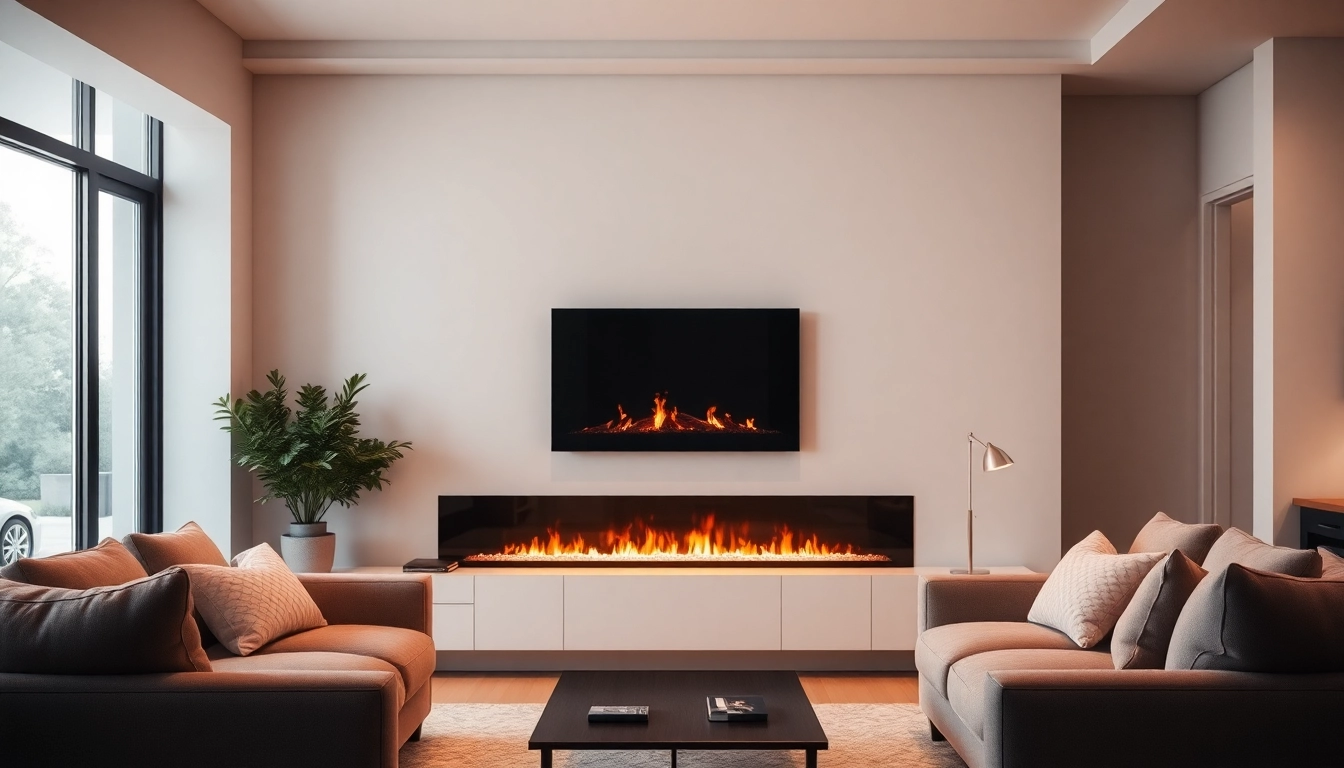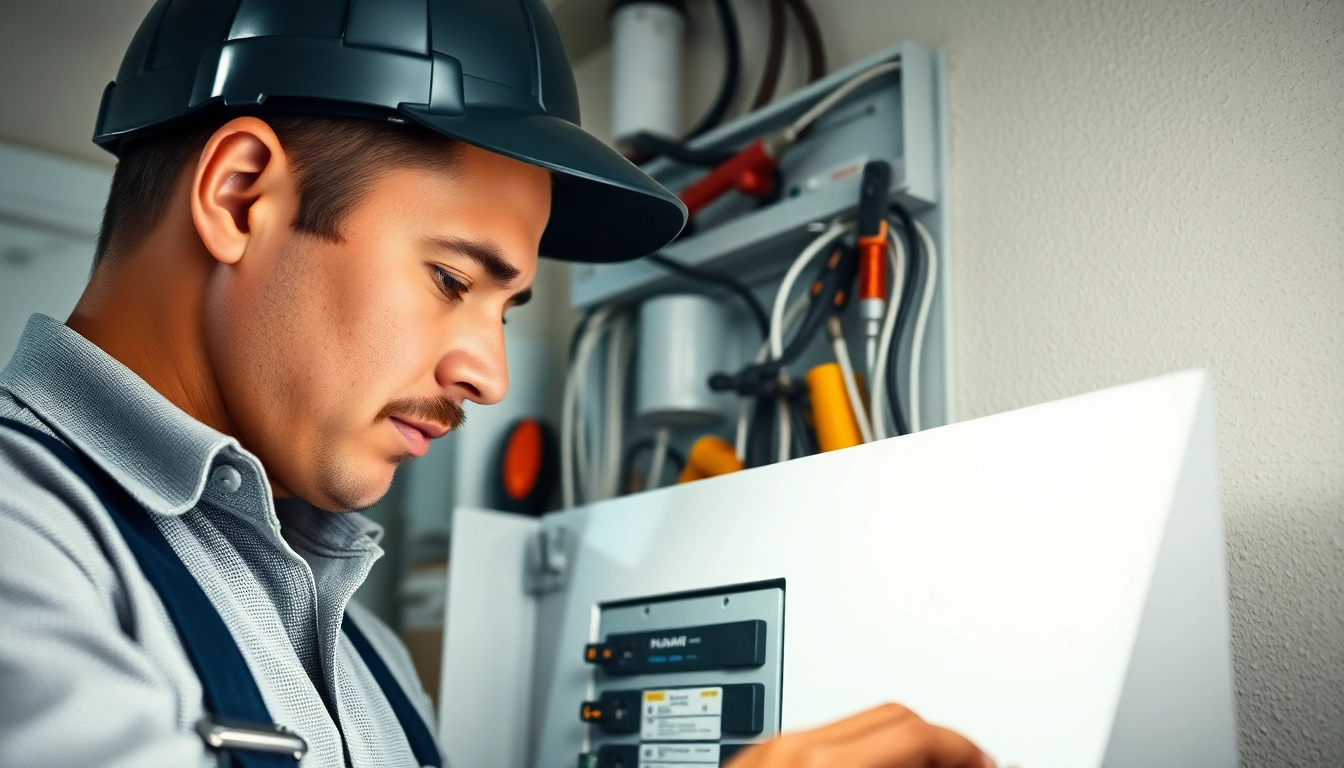Introduction to Water Vapor Electric Fireplaces
In the ever-evolving world of home decor and comfort, the appeal of fireplaces remains timeless. However, as homeowners become increasingly conscious of safety, efficiency, and aesthetics, traditional heating options face competition from innovative alternatives. One such alternative is the water vapor electric fireplace, a unique heating solution that creates stunning flame effects without the risks or emissions associated with conventional fireplaces.
What is a Water Vapor Electric Fireplace?
A water vapor electric fireplace is a modern heating appliance that uses ultrasonic technology to replicate the appearance of real flames using water vapor. Rather than burning wood or gas, these fireplaces produce a mesmerizing flame-like effect that is cool to the touch and provides an ambient glow. The realism of these flames, combined with their safety features, makes them an ideal option for homes with children and pets.
How They Work: Technology Behind the Flames
Water vapor fireplaces work through a combination of ultrasonic technology and LED lighting. The process begins with water being vaporized using ultrasonic waves, creating fine mist or steam. This vapor is then illuminated by LED lights, producing a vibrant, flickering flame effect that can be adjusted for brightness and color. Some models even allow users to modify flame settings to suit different moods or seasonal decorations, making them a flexible and versatile option for any home.
Benefits of Choosing Water Vapor Fireplaces
Opting for a water vapor electric fireplace comes with numerous benefits, ranging from aesthetic appeal to functional advantages. Homeowners can enjoy the ambiance of flames without the heat generated by traditional fireplaces, creating a cozy environment year-round. Additionally, as these fireplaces do not produce harmful emissions, they contribute to a healthier indoor air quality while providing an efficient and effective form of decorative heating.
Advantages of Water Vapor Technology
Safety Features for Homes with Children and Pets
One of the most significant advantages of water vapor fireplaces is their safety. The flames produced are not real fire but rather an illusion created by water vapor, reducing the risk of burns or fire hazards. As such, they are an excellent choice for homes with young children or pets, allowing families to enjoy the visual appeal without compromising safety. The cool-to-the-touch operation also ensures that accidental contact poses no danger to curious hands or paws.
Zero Emissions and Energy Efficiency
Environmental consciousness is a growing concern for many homeowners. Water vapor electric fireplaces operate without producing any harmful emissions, making them an eco-friendly choice compared to traditional wood-burning or gas fireplaces. Moreover, their energy efficiency means that they consume less energy while providing excellent performance, translating to potential savings on utility bills over time.
Year-Round Ambiance Without Heat
Unlike traditional fireplaces, water vapor models can be used with or without heat. This flexibility allows homeowners to enjoy the ambiance of flickering flames during warmer months without overheating their living spaces. Whether for a cozy evening in winter or a decorative touch for summer gatherings, these fireplaces offer a year-round solution that enhances any setting.
Installation and Maintenance
Easy Installation Process
Installing a water vapor electric fireplace is significantly simpler than traditional fireplaces, which often require complex venting and chimney systems. Most models can be plugged into a standard electrical outlet, making them suitable for virtually any room in the house. Installation may involve minimal assembly, such as securing the unit to a wall or placing it in a designated space, allowing users to enjoy their new fireplace almost immediately.
Required Maintenance for Longevity
While water vapor fireplaces are generally low maintenance, some care will ensure their longevity. Regular cleaning of the water tank and the ultrasonic misting mechanism will prevent mineral buildup that may affect performance. Additionally, it’s advisable to use distilled water instead of tap water to minimize mineral deposits. Checking the electrical components for any signs of wear or damage is also recommended for safe operation.
Common Issues and Troubleshooting Tips
As with any appliance, users may encounter issues with their water vapor fireplaces. Some common problems include insufficient mist production or flickering lights. For mist production, ensure the water tank is filled and that the ultrasonic technology is functioning correctly. If the lights are flickering, it may indicate a loose connection or need for replacement. Most manufacturers provide troubleshooting guides and customer support for further assistance.
Comparing Water Vapor Fireplaces to Traditional Options
Cost-Effectiveness Over Time
When considering a new fireplace, cost is often a crucial factor. Water vapor electric fireplaces typically have lower upfront costs than traditional options like wood or gas fireplaces, often eliminating the need for a chimney or extensive installation. Over time, the energy efficiency of water vapor models can lead to savings on heating bills, especially in homes where aesthetic warmth is desired without significantly increasing energy consumption.
Environmental Benefits Compared to Gas and Wood
Beyond cost, the environmental considerations of fireplace choices are paramount. Water vapor fireplaces produce no emissions, whereas traditional fireplaces can release ash, smoke, and other pollutants into the air, contributing to environmental degradation. Households using these modern fireplaces will not only enhance their living space aesthetically but also operate within a sustainable framework that prioritizes air quality and energy conservation.
Space Requirements and Configuration Flexibility
Water vapor electric fireplaces are remarkably versatile in terms of space utilization. Given their compact designs, they can fit into various settings and be configured to complement any decor. Traditional fireplaces often require more extensive installation space, limiting placement options. In contrast, water vapor options can be placed in apartments, homes without chimneys, or even as focal points in small rooms, making them adaptable for any living situation.
Choosing the Right Model for Your Home
Factors to Consider: Size, Style, and Features
When selecting a water vapor electric fireplace, it’s essential to consider several factors, including the size of the unit, its style, and any additional features. Homeowners should measure their intended space to ensure that the fireplace will fit comfortably while also enhancing the surrounding decor. Styles can range from modern, minimalist designs to more traditional looks that emulate classic wood-burning fireplaces. Features like remote controls, customizable flame colors, and built-in heating options should also be evaluated based on comfort preferences.
Top Brands and Models in the Market
Several reputable brands offer high-quality water vapor electric fireplaces. Some notable models include:
- Aquafire®: Known for its innovative designs and realistic flame effects, Aquafire offers a range of sizes and styles suitable for various home aesthetics.
- Dimplex Opti-Myst: This brand is widely recognized for its use of advanced technology to create lifelike flame and smoke effects, providing an exceptional viewing experience.
- AFIRE: Their collection of water vapor fireplaces includes options that combine modern technology with versatile design, catering to a wide demographic of consumers.
Customer Reviews and Recommendations
Before making a purchase, it’s advisable to read customer reviews and seek recommendations. Many users appreciate the aesthetics and safety of water vapor fireplaces while noting their low maintenance and energy efficiency. Online platforms such as social media and e-commerce sites often host user-generated reviews, providing valuable insights that can guide potential buyers in their decision-making process.



